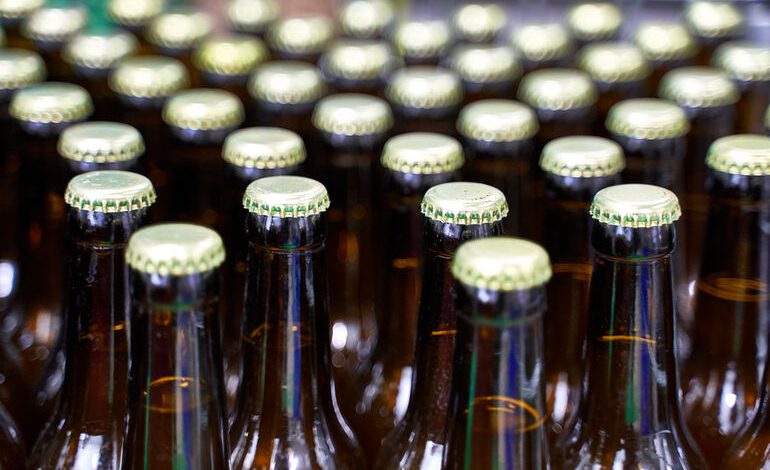4 Tips for Bottling Beer

Making a perfect beer involves a critical process of bottling that protects both quality and flavor. Through appropriate bottling methods, you acquire authority over carbonation levels, which allows you to achieve perfect fizz and sensory texture in your beverage. Oxidative damage, which reduces both aroma and taste, becomes less likely through this bottling technique. The proper approach to bottling methods will result in a successfully carbonated beer. The following section explains step-by-step instructions for the bottling beer process.
1. Pick the Right Beer Bottle
Considering the various types of beer bottles, selecting the right option for your needs can be challenging. However, understanding your options is key to helping you find the right beer bottles. They include:
- Standard beer bottles, also known as pry-offs or long necks, use green or brown glass to protect beer from dangerous UV rays, which harm flavor quality
- Heritage beer bottles maintain their grip ability due to their stocky composition. The short broad mouth of the bottle allows the beverage to flow effortlessly during direct bottle consumption.
- Specialty beer bottles present different options for enhancing beer appearance through swing-top and cork-finished bottles. The multiple dimensions of specialty beer bottles enable users to offer several serving alternatives.
- The closure mechanism of screw-top bottles functions by using screw caps but once opened the caps become non-reusable.
2. Clean and Sterilize the Bottles
Before you bottle your beer, ensure the bottles are clean and contaminant-free. Clean the bottles thoroughly to eliminate all debris with leftover beer and any remaining labels from the surface. By eliminating all residual elements the beer quality remains unharmed with its taste. Totally removing labels lets your beer bottles achieve an elegant professional appearance. After cleaning your beer bottles you must proceed with sterilization.
Sterilization performs an important role by eliminating any wild yeast or bacterial microorganisms that could damage your drink. Simply submerge the bottles in water for boiling to achieve sufficient sterilization or mix them in a sanitation solution. Proper sterilization, with extensive cleaning, diminishes the risk of germ growth, which protects your beer from spoilage while preserving its pleasant taste.
3. Fill and Cap the Bottles
You should put your cleaned, sterilized beer bottles through a filling process with the selected brew. The siphon method or bucket device allows you to move the drink from one bottle to another. Leech out each bottle to a suitable fill measurement that leaves adequate room for carbonation processes. Beer bottles should not have excessive filling because this may create unsafe pressure, which can cause bottle explosions. Secure every sealed bottle after filling it with your desired bottle cap. Tight bottle caps should be used during bottling since they help preserve carbonation and prevent leaks while the bottles are stored. Problems such as contamination and flat beer will occur from either a defective or poorly secured bottle cap.
4. Maintain Proper Beer Weight
Underfilling or overfilling your beer bottles can cause many issues. Overfilling can result in more pressure and bottle explosion risk, quality concerns, and leaking closures. Conversely, underfilling your beer bottles can lead to:
- Oxidation
- Flat beer
- Yeast sediment concerns
Adding a checkweigher at the end of your beer bottling process is key to maintaining product weights. This device automatically weighs all the filled bottles as they move along the conveyor belt, rejecting those that don’t fall within the acceptable weight range. This helps avoid over/ underfills and ensures precise and consistent fill levels.
Essential Practices for Effective Beer Bottling
Controlling the required levels of precision with appropriate care throughout the process ensures beer quality preservation with no damage to flavor. Picking the right beer bottle, cleaning and sanitizing the bottles, filling and capping your bottles, and maintaining proper weight are vital tips for proper beer bottling.

